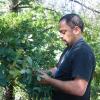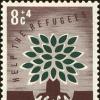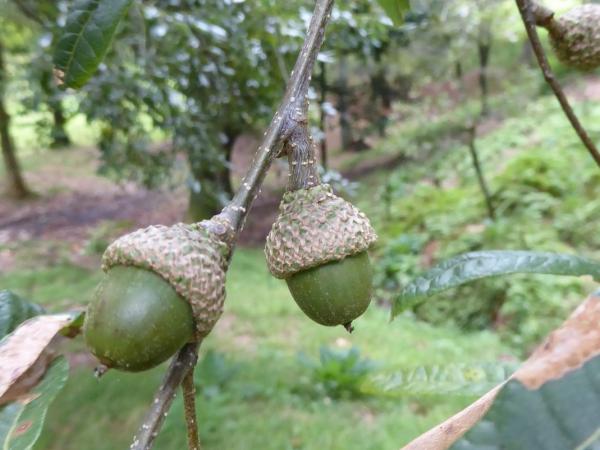Editor's Picks
Plant Focus
Barking up the Right Trees
Some observations of overgrowing wounds of Quercus ‘Maya’ and Q. agrifolia in Trompenburg Gardens
A young and vigorously growing Quercus ‘Maya’ that we planted in 2007 showed a minor crack at the base of the trunk after the winter of 2011-2012. It was the first time that the leaves of this tree turned brown after a relatively cold winter (photo 1). So we considered the crack to be caused by the low temperature (-10 Celsius). Two years later the smooth grey bark of the crack had dried out and split open showing the wound. To my surprise I noticed that, on the surface of the wood that was exposed by the missing bark, protruding tissue had formed in patches (photo 2). In three years’ time this tissue had overgrown the entire wound surface. In contrast to the smooth, original bark, this newly formed bark is warty (photo 3).
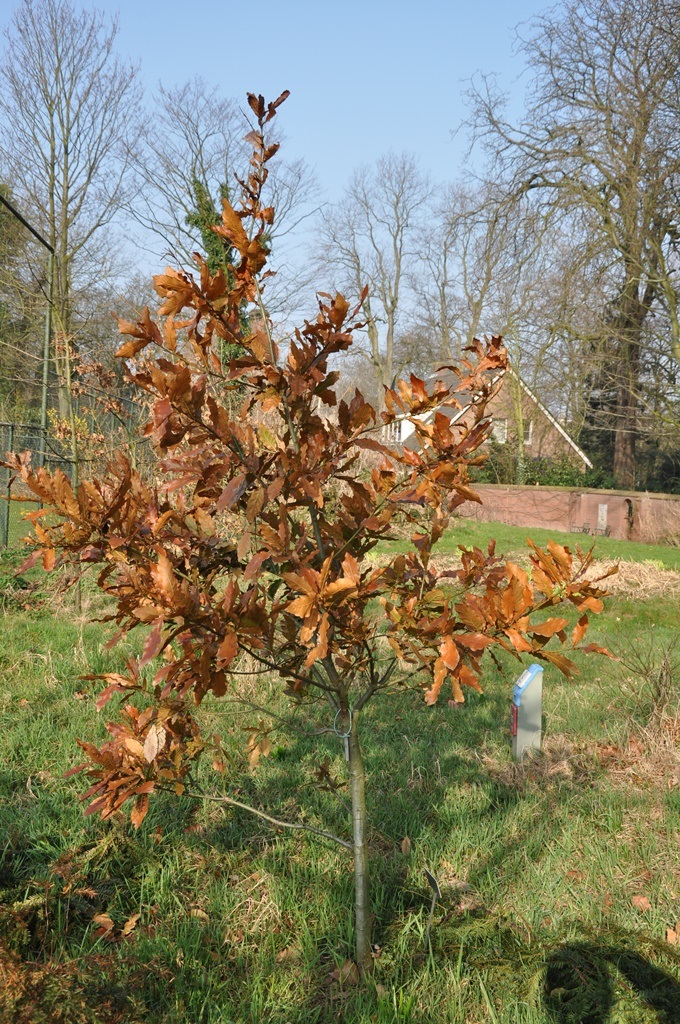
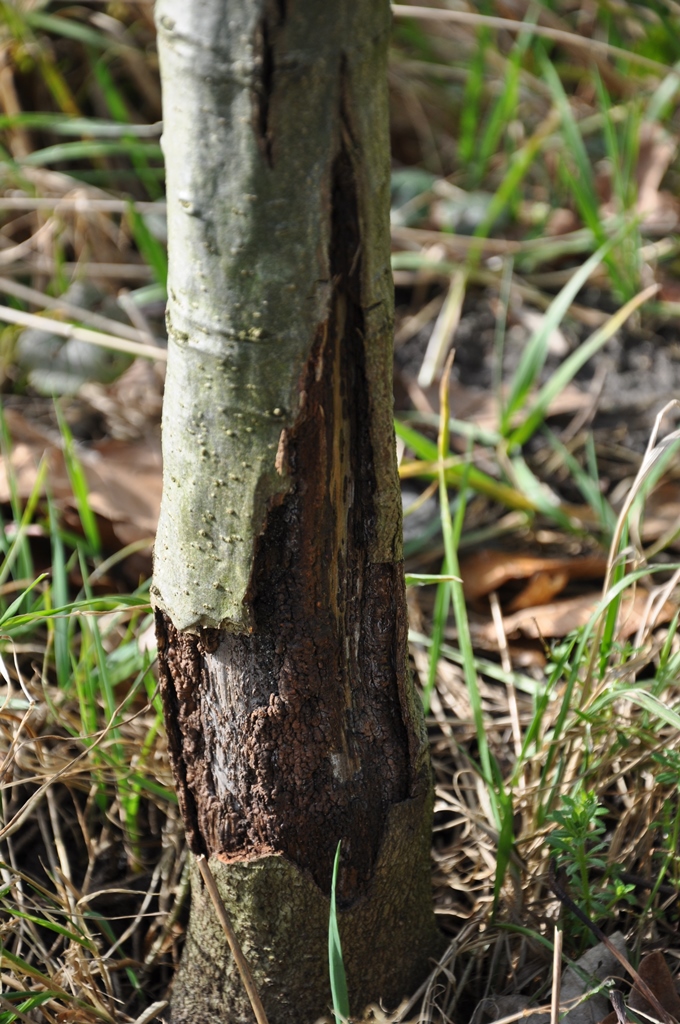
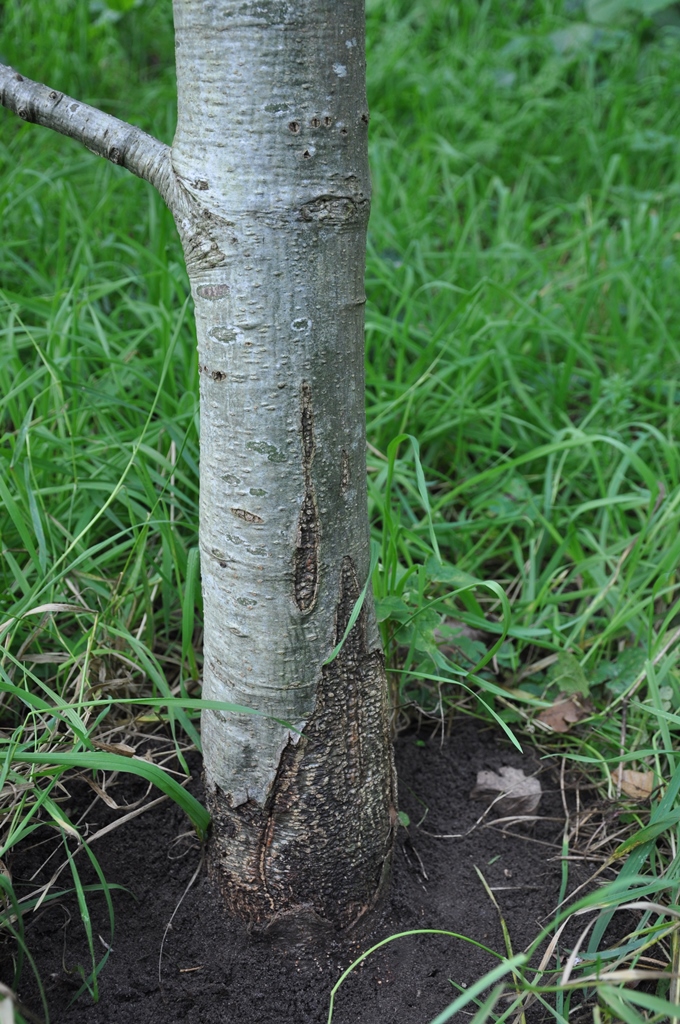
Another smooth barked specimen oak in our collection is a Q. agrifolia, planted in 1996. In 2014 the bark was showing considerable cracks and splits (photo 4 and 5). These cracks revealed the wood underneath the bark. Again the same phenomenon occurred as with the wounds on Q. ‘Maya’: a new tissue started to develop on the surface of the wood. The wounds were covered within three growing seasons (photo 6), leaving the tree with a smooth bark and patches of the new warty bark.
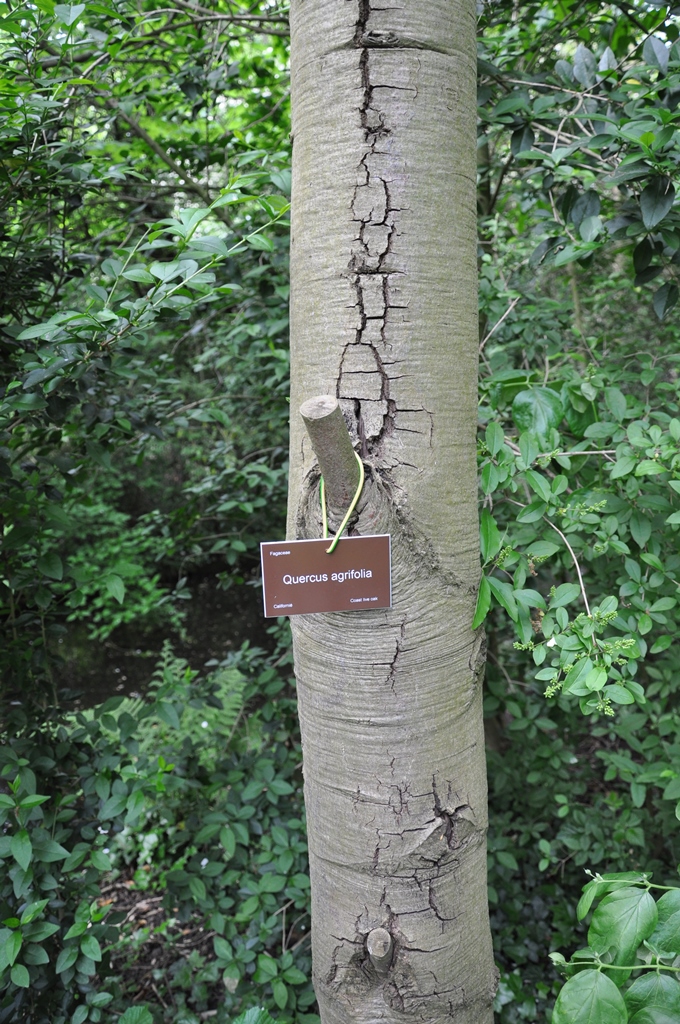
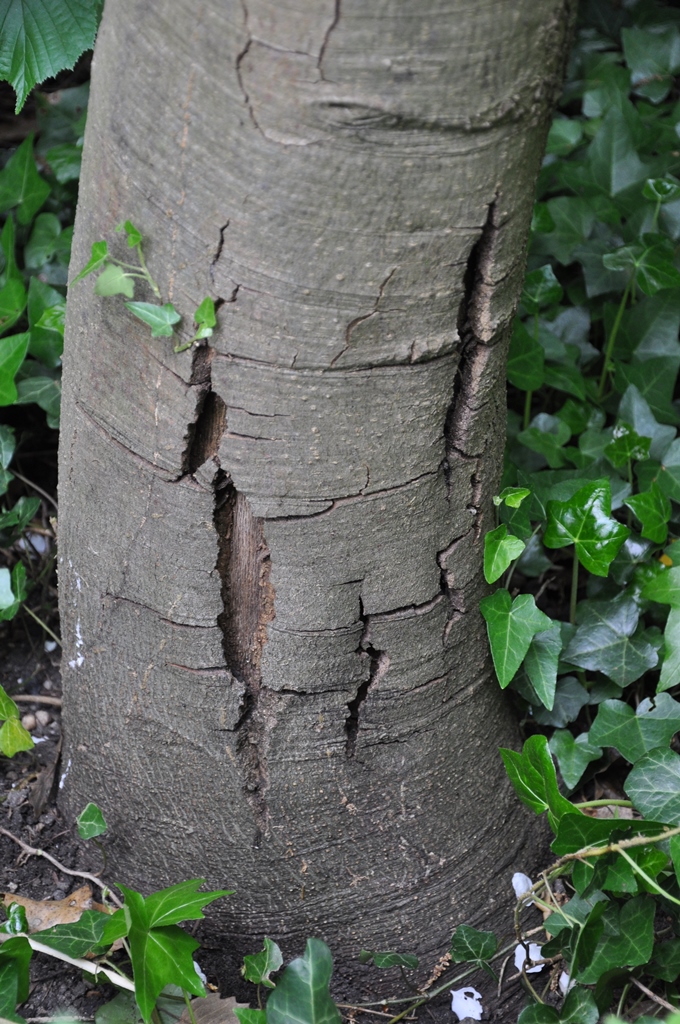
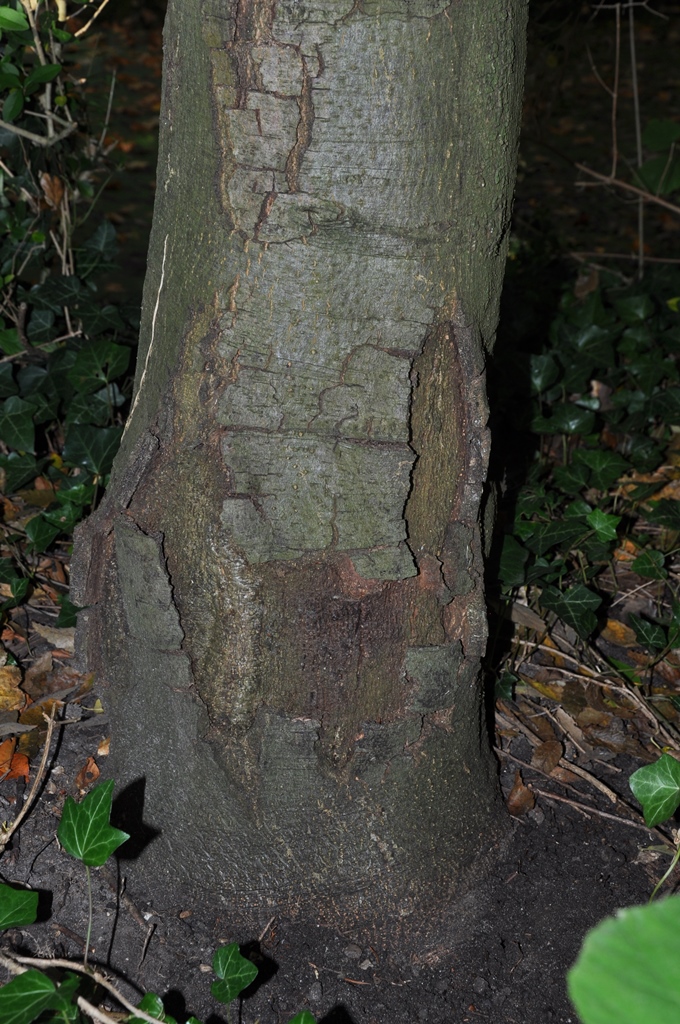
I had not seen this phenomenon before. Many wounds on trees start to grow new tissue (callus) from the sides of the wound, growing inwards to cover the wound in a couple of years (sometimes it takes many years). This tissue that regenerated on the wound surface was new to me. My theory is that, apparently, the conditions in the cracks and under the old smooth bark are such that the collenchyma tissue does not die off and starts growing a new bark immediately.
Oaks are full of surprises!

